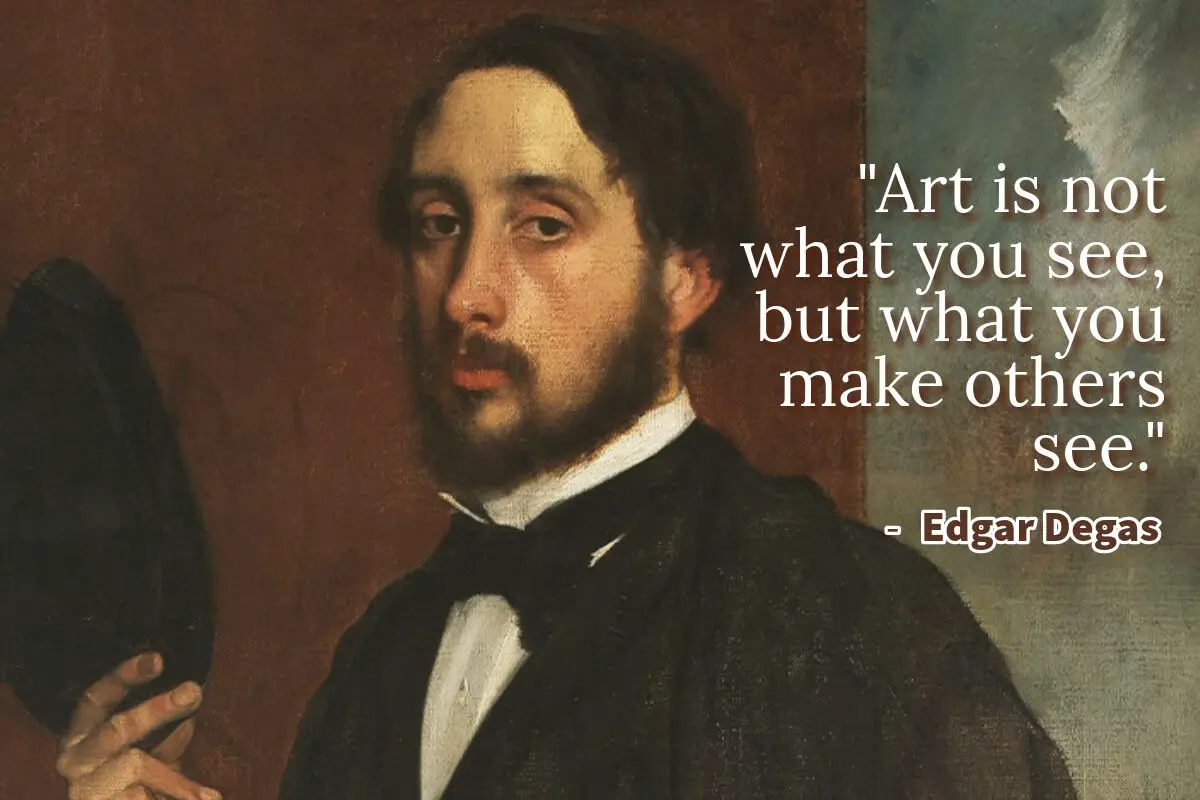The renowned artist Edgar Degas once stated, “Art is not what you see, but what you make others see.” These words have inspired many artists and viewers alike to delve into the profound implications behind this statement.
So, what exactly do these words signify, especially to you as an artist or someone who appreciates art? The phrase is not straightforward; it’s rich in layers of meanings and interpretations. Let’s delve into 10 different aspects that can offer some enlightenment on the essence of these words and how they can resonate with both artists and art admirers alike.
Table of Contents
- “Art is not what you see, but what you make others see.” – Edgar Degas: Unveiling The Essence Of Artistic Creation
-
10 Aspects That Illustration “Art is not what you see, but what you make others see.”
- Artist Is A Mediator Between The Artist And The Viewer
- The Power To Open The Mind’s Eye With Art
- An Emotional Catalyst Of Art
- Art And A Journey For The Senses
- Art And The Challenge Of Communication
- Art And The Cultural Mirror
- Art As A Catalyst For Social Change
- Art And Universality Across Boundaries
- Art And Personal Transformation
- Art’s Legacy and the Power To Make Others See… Indefinitely
-
10 Aspects That Illustration “Art is not what you see, but what you make others see.”
- Frequently Asked Questions
- Related Questions
“Art is not what you see, but what you make others see.” – Edgar Degas: Unveiling The Essence Of Artistic Creation
For centuries, artists have been inspired by the idea that their work serves as a conduit for others to experience the world differently.
Edgar Degas famously said:
“Art is not what you see, but what you make others see.”
Edgar Degas
We could take those exact words and put in the word artist so that it reads, “Art is not what the Artist sees but what the artist makes others see.” When we look in this light, we see that an artist like Edgar Degas wanted us to see his paintings in a particular light and with a specific message.
10 Aspects That Illustration “Art is not what you see, but what you make others see.”
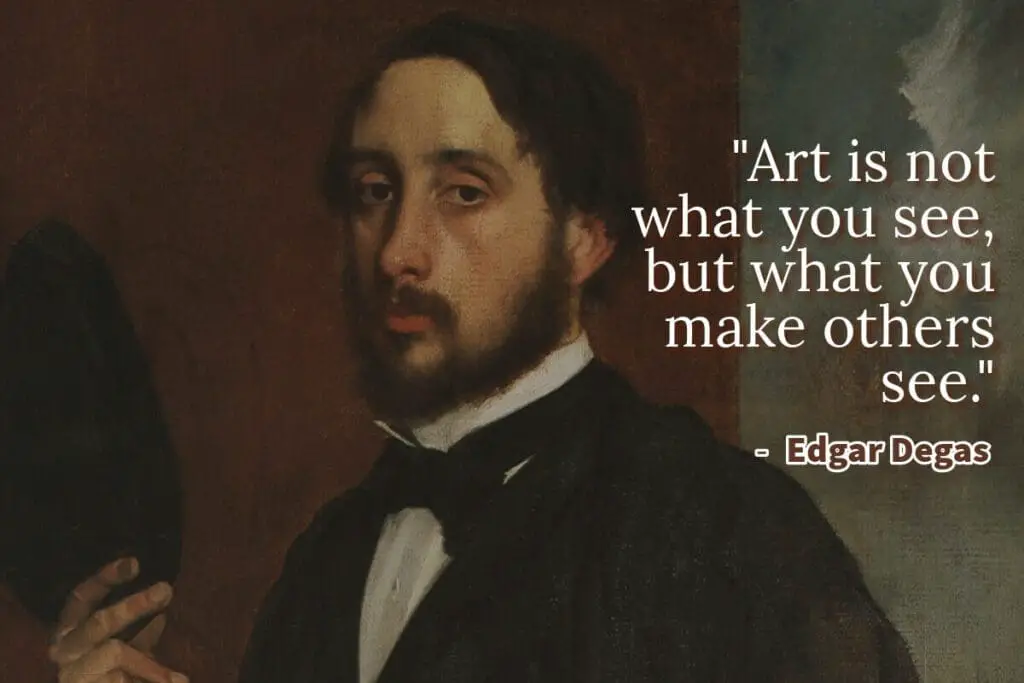
This idea is not just an artistic ethos but a lens through which we can understand the nuanced layers of art and its multifaceted impact on society. Read on as we will explore 10 aspects that illustrate why art is not merely what the artist sees but what the artist makes others see.
Artist Is A Mediator Between The Artist And The Viewer
Degas might as well have said, “Art is not what the artist sees, but what the artist makes others see.” The artist is more than a creator; they mediate between the object of art and the viewer’s perception.
The artist takes their vision, emotions, and ideas and translates them into a medium that others can interpret. The true success of a piece is not measured by how closely the audience sees what the artist sees but by how the work opens new vistas of understanding or feeling.
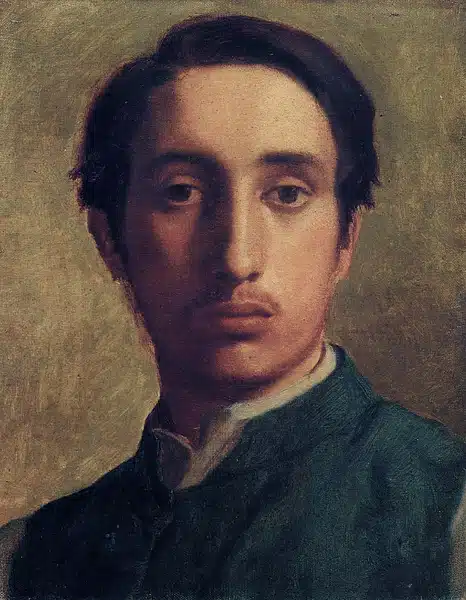
The Power To Open The Mind’s Eye With Art
Art can uniquely unlock the viewer’s imagination, inviting them to assign their meanings and emotional overtones to work. What may look like random brush strokes to one person could evoke feelings of sorrow, joy, or even transcendence in another.
Interpretive freedom enriches the viewer’s experience and brings an added layer of depth to the artwork.
An Emotional Catalyst Of Art
Art has a compelling power to stir our emotions. Art affects us emotionally, from paintings that capture the serenity of a landscape to music that resonates with our deepest feelings.
Through the experience of art, we can find inspiration, solace, and a renewed sense of wonder. It can shift our minds and make us see the world through a different emotional lens.
Art And A Journey For The Senses
Art is not confined to the visual. It also appeals to our auditory, tactile, and even olfactory senses. It takes viewers or listeners on a journey by activating their sensory perception. The more successfully an artist can engage the audience’s senses, the more effective they are at conveying their message or evoking specific feelings.
Art And The Challenge Of Communication
Being able to communicate effectively through art is an ongoing challenge for artists. The palette, the canvas, the dance floor, or the musical instrument are the tools, but understanding how to wield them to evoke a specific response from the audience is the art form’s real test.
The challenge lies in using these mediums to create a shared experience.
Art And The Cultural Mirror
Art often serves as a reflection of its cultural, social, or historical context. Artists can influence how people perceive their surroundings or circumstances, making viewers more aware of the nuances of their culture or others.
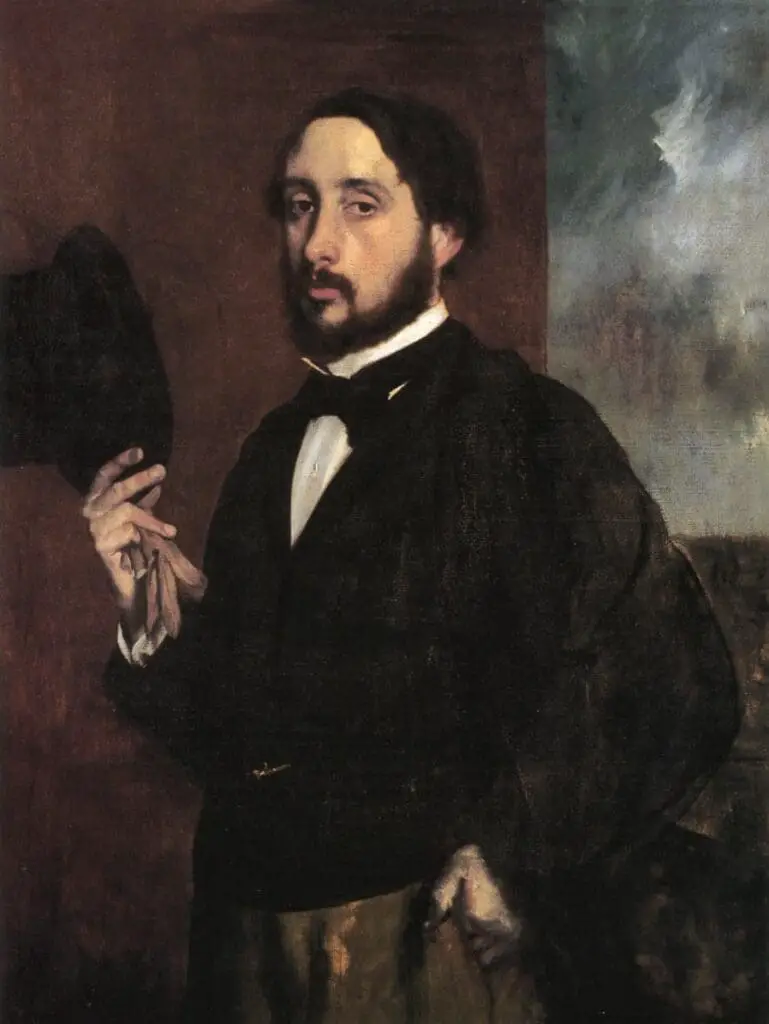
Art As A Catalyst For Social Change
Artists have been instrumental in igniting change and provoking thought. From Picasso’s “Guernica,” which decries the horrors of war, to modern art that challenges societal norms, art can be a powerful tool for social commentary and change.
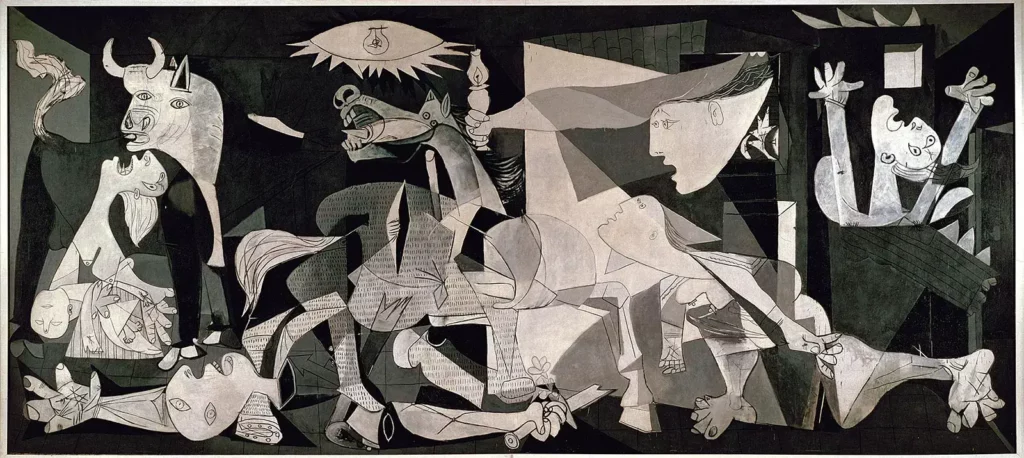
By shifting public perception, artists can make others “see” issues in a new light.
Art And Universality Across Boundaries
Good art transcends geographical and linguistic barriers. It has a universal language that can make people from different corners of the world “see” the same thing, feel the same emotions, or ponder the same thoughts, proving its ability to unite people under a shared human experience.
Art And Personal Transformation
Art has the power to influence individual growth. Whether it’s a book that changes your way of thinking, a painting that makes you see beauty in complexity, or a piece of music that becomes your anthem, art molds our personalities in subtle yet profound ways.
Art’s Legacy and the Power To Make Others See… Indefinitely
The enduring power of art lies in its ability to continue impacting viewers long after the artist has passed away. Classic works of art are visited, analyzed, and admired across generations, each offering a new perspective and a fresh set of eyes making their interpretations.
Edgar Degas’s simple yet profound statement encapsulates the essence of artistic creation. Art serves as a mirror for the artist’s intent and the viewer’s perception, reflecting myriad meanings across its polished surface.
It is a medium through which we can explore our thoughts and feelings and even transform our worldview. Most importantly, it allows the artist to share a piece of their world, inviting us to see what they see, feel what they feel, and perhaps even think what they think. This is the true power and beauty of art.
Frequently Asked Questions
What does Edgar Degas mean by “Art is not what you see, but what you make others see?”
Degas is emphasizing that the true essence of art lies not in the mere depiction of visual elements but in the ability to evoke a response or interpretation in the observer. It’s about the artist’s capacity to communicate a deeper meaning or emotion through their work.
How does this statement challenge traditional perceptions of art?
Degas challenges the notion that art is solely about replicating reality. Instead, he encourages artists to go beyond the surface and engage viewers in a more thought-provoking and immersive experience, pushing the boundaries of conventional artistic representation.
In what ways can artists make others see through their work?
Degas suggests that artists should strive to convey a narrative, evoke emotions, or provoke thoughts in their audience. This might involve using symbolism, abstraction, or unique perspectives to invite viewers to explore and interpret the artwork in a personal and subjective manner.
How does the statement impact the role of the viewer in art appreciation?
Degas implies that the viewer plays a crucial role in completing the artistic process. The observer is not merely a passive spectator but an active participant who contributes their own perspectives and interpretations to the artwork, thus making the art experience a collaborative effort.
Can you provide examples of Degas’ own artworks that embody this philosophy?
Degas’ series of ballet paintings and sculptures are often cited as examples. While they depict dancers in motion, they go beyond mere visual representation, capturing the intensity, discipline, and emotions of the performers, encouraging viewers to perceive more than just the physical movements.
How does this statement apply to different forms of art, such as sculpture or photography?
Degas’ statement is not limited to any specific medium. It encourages artists in all forms to consider the power of their work beyond the visual elements. Whether through a sculpture’s texture or a photograph’s composition, the goal is to elicit a response that transcends the surface appearance.
How does Degas’ philosophy resonate with modern and contemporary art movements?
Many modern and contemporary artists embrace Degas’ idea by exploring conceptual art, abstract expressionism, and other movements that prioritize the conceptual and emotional aspects of art over realistic representation. His philosophy aligns with the shift towards more subjective and diverse artistic expressions.
Does Degas’ statement imply that all art should have a deeper meaning or narrative?
While Degas encourages depth and meaning in art, he doesn’t necessarily dismiss art for art’s sake. The key is intentionality; even seemingly simple or abstract artworks can be impactful if the artist consciously considers the message or emotion they want to convey.
Anita Louise Art is dedicated to art education, great artists, and inspiring others to find and create their art. We love art that uplifts and inspires. #ArtToMakeYouSmile! #ArtToMakeYouHappy!
If you want to see any of my art, you can find out more by clicking here. If you are interested in what inspires me and my paintings, you can discover more by clicking here.
We have a free newsletter and would love you to be part of our community; you can subscribe to the newsletter by clicking here. I would be happy to talk to you if you have any questions. You can reach me, Anita, by clicking here.
Subscribe to our Anita Louise Art YouTube Channel with great videos and information by clicking here.
Join us for our podcast “5 Minutes With Art.” Spend just 5 minutes a week with us to discover and learn about great art and artists. You can find out more about our podcast by clicking here.
Related Questions
What Was The Focus Of Renaissance Art?
The focus of Renaissance art was on the classics of Greek and Rome, humanist philosophy, and the study of the human figure. Realism was also an essential part of renaissance art. The great artists of the Renaissance also became great anatomists and studied human beings.
By clicking here, you can learn more by reading What Was The Focus Of Renaissance Art?.
What Is The Importance Of Art From The Renaissance Period?
Renaissance art is essential as it was a time of rebirth and discovery. Artists like Leonardo da Vinci, Michelangelo, and Raphael were at the forefront of that change, creation, and discovery. Renaissance art has influenced art and artists for many centuries and continues to influence artists today.
By clicking here, you can learn more by reading What Is The Importance Of Art From The Renaissance Period?.
Early Renaissance Vs. High Renaissance Art Explained
Early Renaissance and High Renaissance are both periods of the art of the Renaissance era. The entire Renaissance era shared a lot of the same characteristics. The High Renaissance was dominated by three major artists: Leonardo da Vinci, Michelangelo, and Raphael.
By clicking here, you can learn more by reading Early Renaissance Vs. High Renaissance Art Explained.

